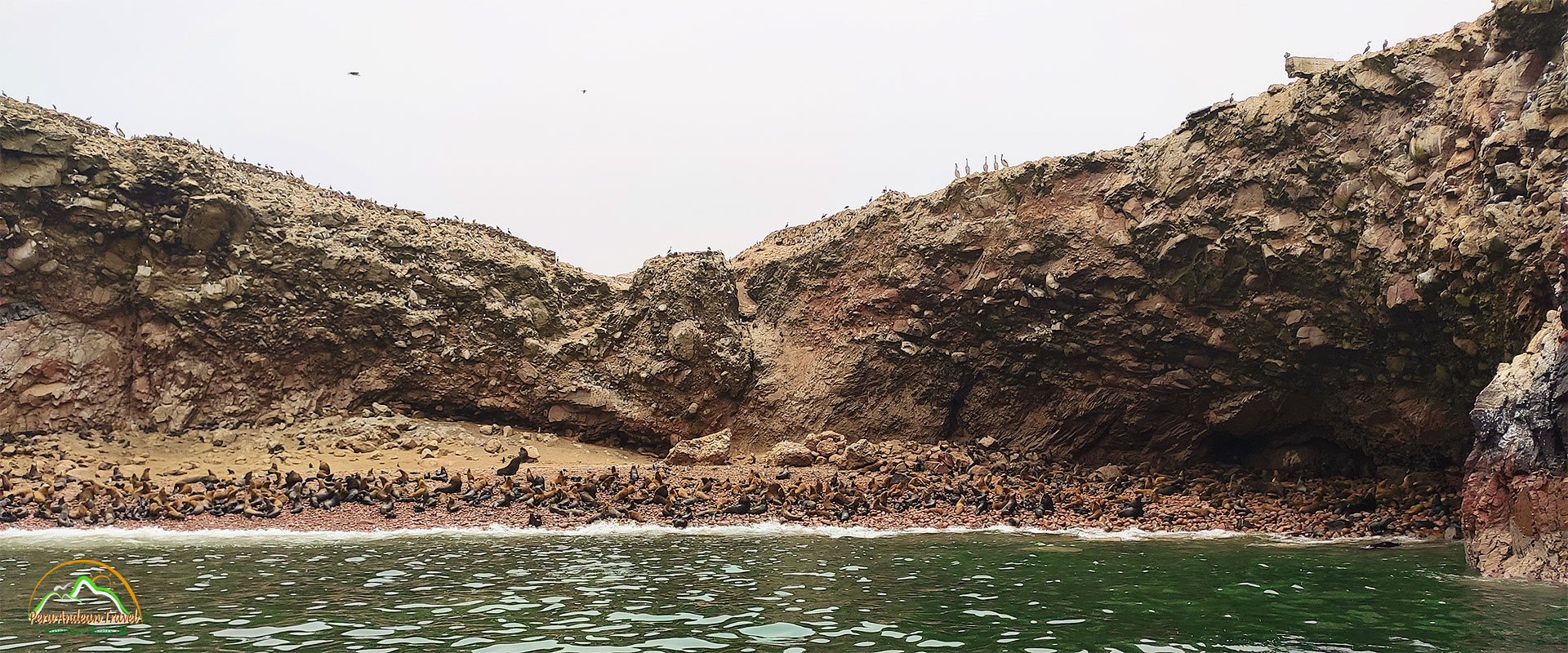Ica Tourist Attractions , The city of Ica Peru is located in the department of the same name, on the central coast of Peru. it has a warm climate and combines areas of desert with farmland, used mainly for growing grapes and export crops, Ica is considered the grape and wine capital of Peru. The Territory around the city was previously inhabited by some of the most important cultures of ancient Peru: Paracas , Nasca, and Wari. The most important archaeological remains in the department of Ica Peru are not found near the capital but further south, near Nazca.
Today Ica is a friendly city and the departure point for visiting some of the best beaches on the Peruvian coast, as well as the famous Nazca Lines and Reserve of Paracas. it Possesses numerous wineries where some of Peru's finest Piscos and Wines are produced, and it is an important center for the breeding of the elegant Paso horses. Its people and its sweets are some of the best tourist attractions of the city, its pleasant climate and proximity to Lima make Ica an excellent travel destination.
Ica Peru Tourist Attractions
Reserve of Paracas and Ballestas Islands
The Paracas reserve is located 260 k from Lima, In Ica, are the national Paracas reserve and Ballestas Islands, where a great variety of endangered species coexist. Among them are the sea lyon, the otter, the Humboldt penguin, the flamingo and thousands of migrant birds. Remains of the Paracas culture were found, buried close by, near the dessert, perfectly preserved in caves and necropolis.
The tombs are shaped like bottles and are approximately 6 meters deep. Some of the mummies had cranial trepanations (the brain was operated on, and a metal plate was inserted instead of the damaged bone). The cellular regeneration, present in the skulls found, shows that the people continued to the operations. Cranial deformations were practiced as well (using wooden boards, the skulls of the new born, of the elite were deformed, giving them an elongated shape) These deformations were symbol of a high social level.
Paracas culture was followed by the mysthic Nazca Culture. In that same region one can also see The enigmatic Candelabra-Shaped that was made with that same technique used to build the Nazca Lines. It believed that it served as a system of signs for navigation, due to the that it can only be seen from the ocean. In the desert sands, the strong winds of reserve of Paracas keep secrets of this advanced culture, and spread a natural state of life and mystery.
Nazca Lines Peru
Nazca is a City located 443km from Lima, in Ica, It is a fertile valley surrounded by some of the most inhospital desert on earth. The regions primary crops are cotton grapes, and fruit. The Nazca region was a place where the Nazca Culture flourished (200-800 B. C.), recognized for it is enigmatic lines drawn on the dessert.
The immense zoomorphic and anthropomorphic Nazca Lines are located on a 350 km long extension and can only be seen from the air. The Nazca Lines are some of the greastest archeological enigmas in the world, This has caused the many speculation about their origin and function.
The geoglyphs, which depict animals (several species of birds, a monkey, a spider, and fish, to name a few) and stylized plants, are set within an enormous labyrinth of straight lines, trapezoids, triagles, and spirals etched into the ground as shallow, 20cm deep, canals. Some figures are as long 300m. Scholars have calculated that the lines were created between 200 and 500 B.C. by inhabitants of the area.
The department of Ica is without doubt, one of the most beautiful places of the country, and a side from wonderful Nazca and Paracas, the region is famous for it is wine and for being the land where Pisco originates, You can see tours for this Tourist attractions in Machu picchu Travel Agency, let's go to Ica Peru.











